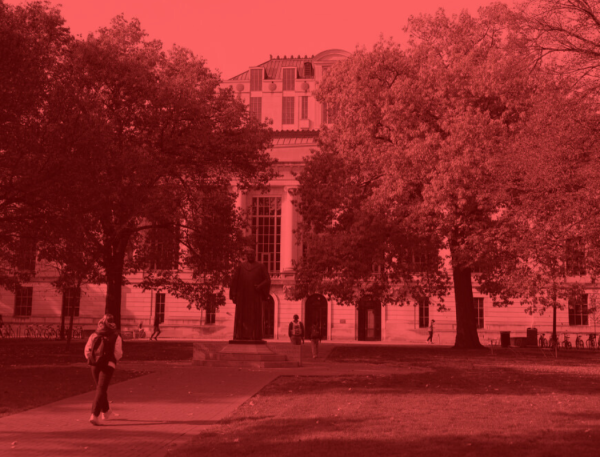As students juggle the demands of schoolwork, extracurricular activities, social life, and more, it’s important for them to pay attention to their overall health and well-being. One concept that can be helpful in maintaining a healthy balance is recognizing and addressing the “Red Zone.”
The Red Zone refers to a state of heightened stress, overwhelm, or burnout that can negatively impact a student’s physical and mental health. It’s crucial for students to be able to identify when they are in the Red Zone and take steps to address it before it escalates.
There are several signs that may indicate a student is in the Red Zone. These can include:
1. Persistent feelings of exhaustion or fatigue
2. Difficulty concentrating or staying focused
3. Increased irritability or mood swings
4. Changes in sleep patterns, such as insomnia or oversleeping
5. Physical symptoms like headaches, stomachaches, or muscle tension
6. Decreased interest in activities that used to bring joy
7. Neglecting self-care, such as poor eating habits or lack of exercise
When a student recognizes these signs in themselves, it’s important for them to take action to address the Red Zone before it leads to more serious health issues. Here are a few tips to help students navigate the Red Zone:
1. Prioritize self-care: Taking care of your physical and mental health should be a top priority. Make time for activities that help you relax and recharge, such as exercise, meditation, or spending time with loved ones.
2. Manage your time effectively: Avoid overloading your schedule and learn to say no to commitments that add unnecessary stress. Utilize time management techniques to stay organized and on top of your responsibilities.
3. Seek support: Don’t be afraid to reach out for help when you need it. Talk to friends, family, teachers, or a counselor about how you’re feeling. Sometimes just expressing your emotions can help alleviate stress.
4. Practice mindfulness: Stay present in the moment and focus on the task at hand. Mindfulness techniques, such as deep breathing or guided meditation, can help reduce stress and anxiety.
5. Take breaks: It’s important to give yourself permission to rest and recharge when needed. Step away from your work or studies for a short break, go for a walk, or engage in a relaxing activity to clear your mind.
By recognizing the signs of the Red Zone and taking proactive steps to address them, students can better maintain their overall health and well-being. Remember, it’s okay to prioritize yourself and take the time to care for your mental and physical health. Your academic success and personal growth depend on it.

